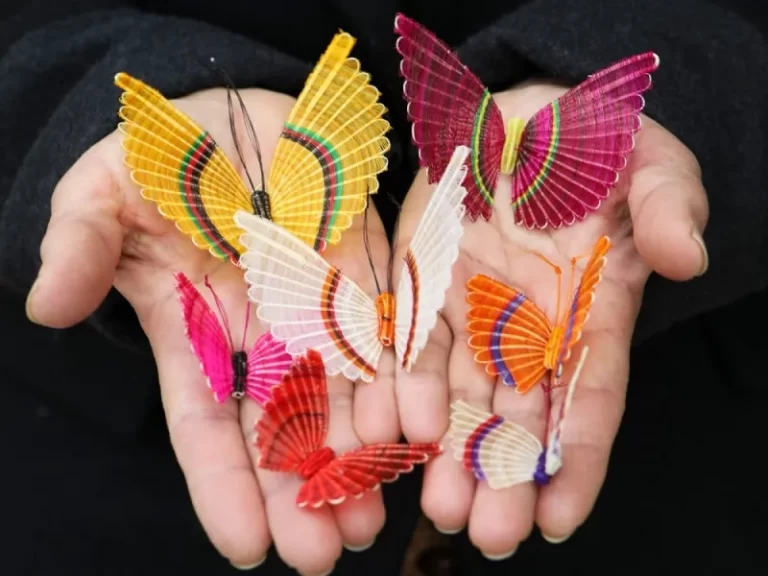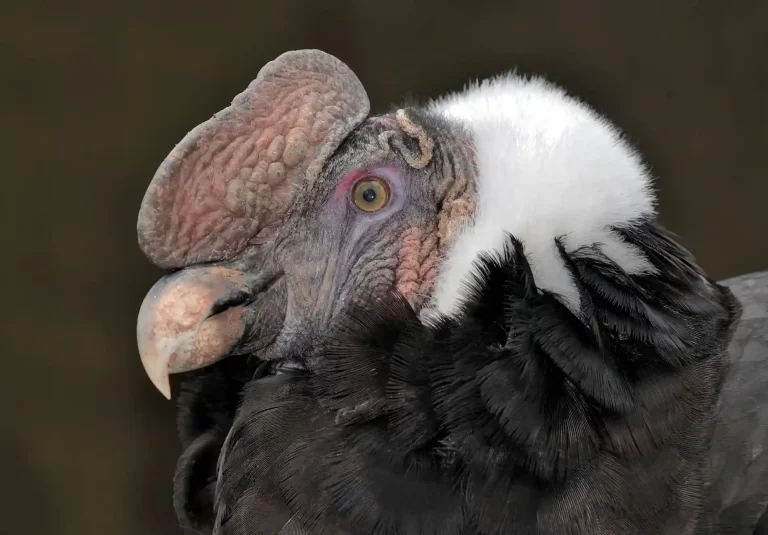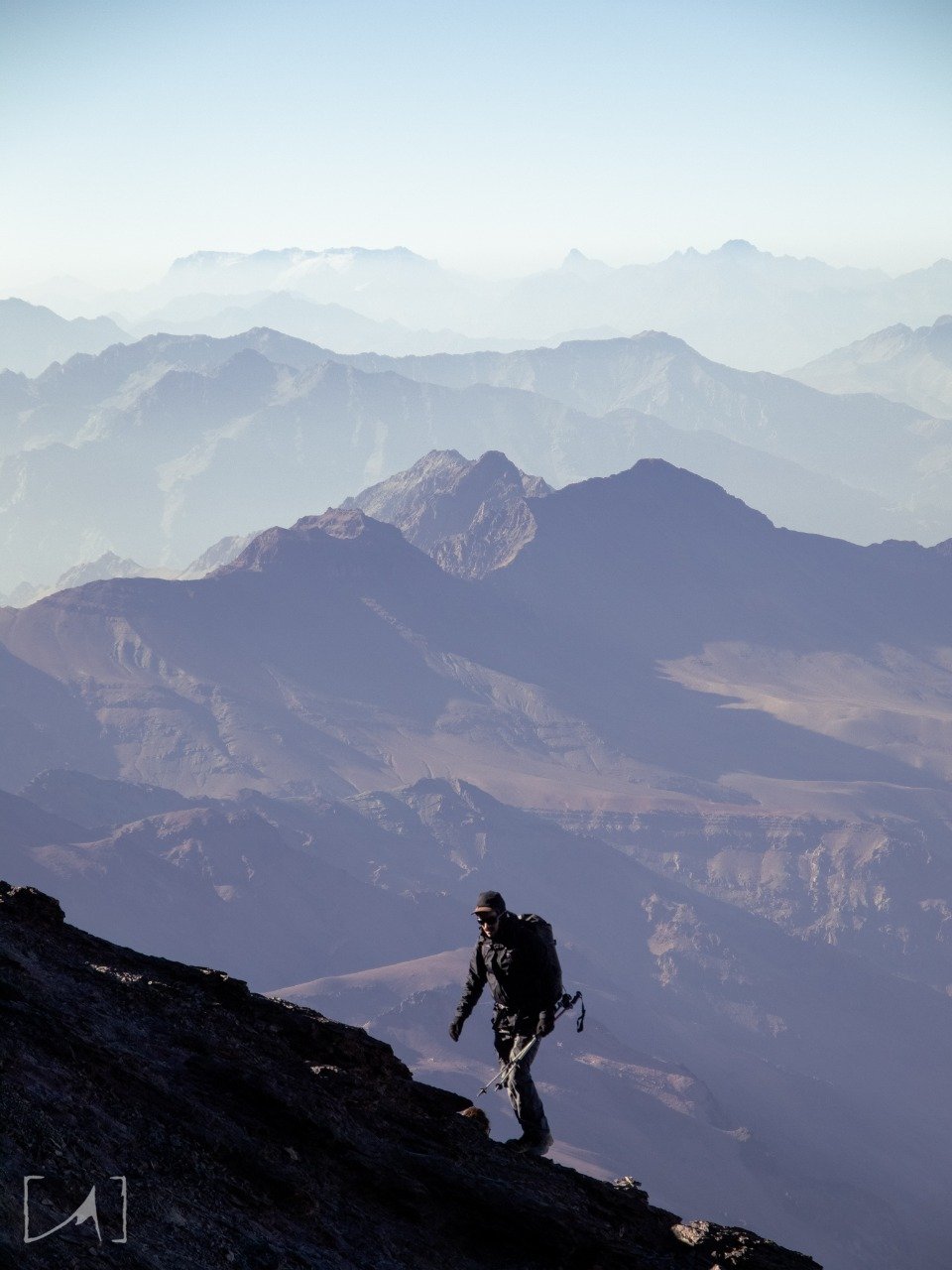In the world of wine, few stories are as surprising as that of Carmenere—a grape that vanished from Europe and unknowingly found new life in Chile.
An Unexpected Journey: From France to Chile Without Knowing It
Originally, Carmenere was born in Bordeaux, France, where it was used in blends to add color and intensity to wines.
However, it never gained the prominence of other varieties like Cabernet Sauvignon or Merlot.
It was considered difficult to cultivate and too tannic if it didn’t ripen properly.
In France, Carmenere was always a secondary player—until history took an unexpected turn.
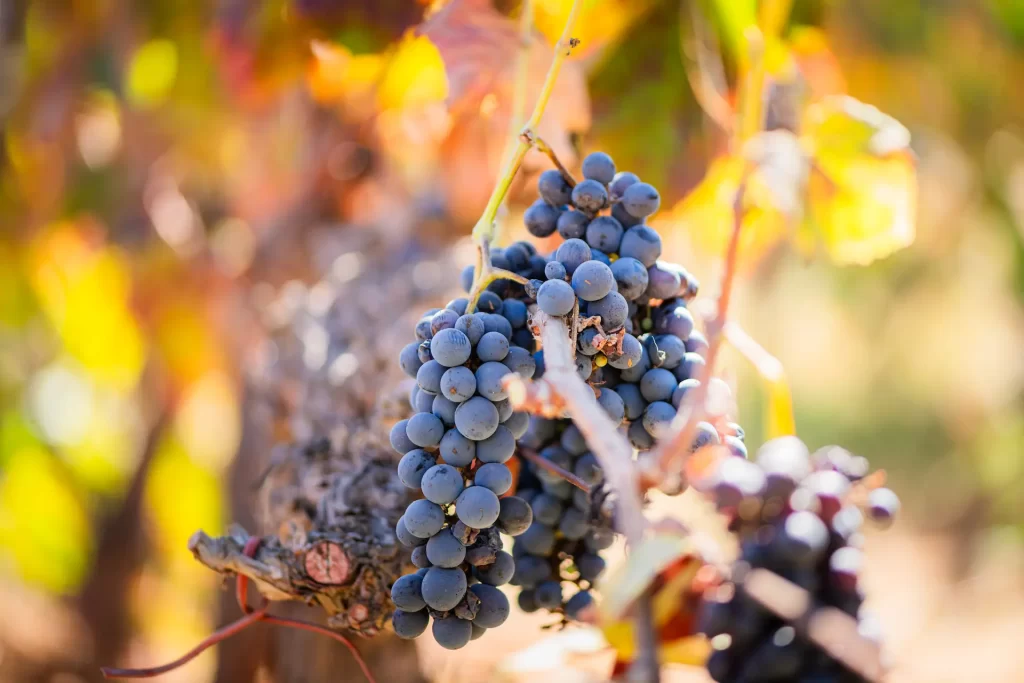
In 1867, phylloxera, an insect that devastates vineyards by attacking vine roots, nearly wiped out European viticulture.
Carmenère was one of the most affected grape varieties.
After the plague, winemakers attempted to replant it, but its long ripening cycle and sensitivity to Bordeaux’s humid climate made it nearly impossible to recover.
Over time, it simply stopped being planted. Carmenere disappeared from the European wine map.
But what no one knew was that this grape had already found a secret refuge—Chile.
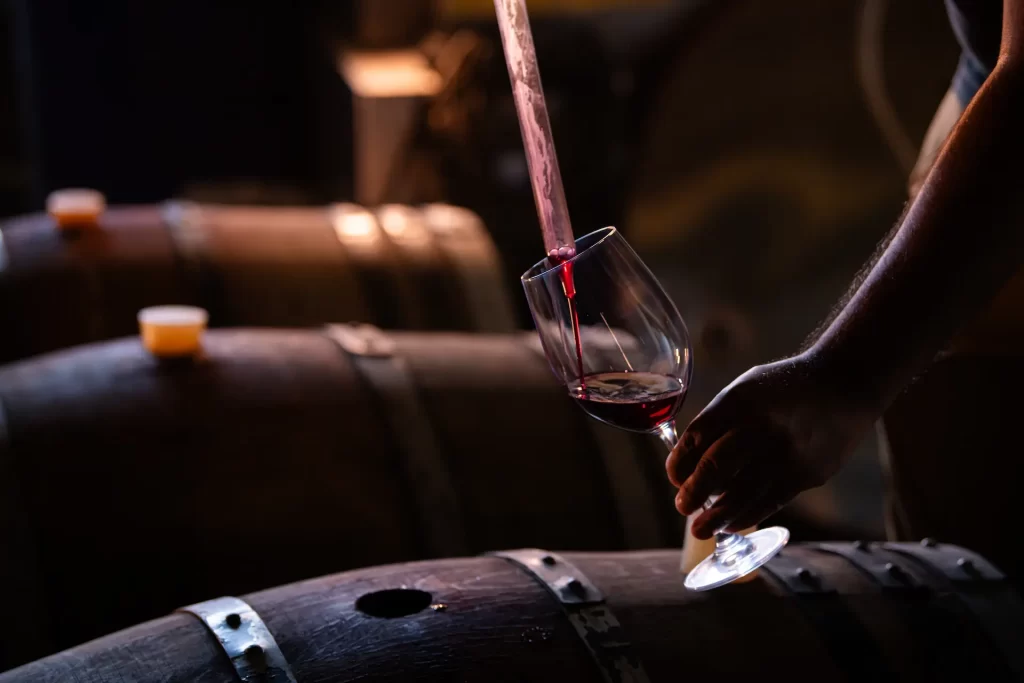
Chile: A Biogeographic Island and Carmenere’s Sanctuary
Decades before the plague, in the 1850s, French winemakers brought vine cuttings to Chile in search of a disease-free environment.
Unknowingly, they found the perfect place for preservation.
Chile is considered a biogeographic island, meaning it is isolated by natural barriers that have protected its biodiversity for centuries:
🌊 To the west: The Pacific Ocean, preventing the arrival of vineyard diseases from other parts of the world.
⛰️ To the east: The Andes Mountains, a natural wall against pests and extreme climate changes.
🏜️ To the north: The Atacama Desert, one of the driest places on Earth, blocking the entry of diseases from the Northern Hemisphere.
❄️ To the south: The Patagonian fjords and glaciers, forming an impenetrable natural barrier.
Thanks to this isolation, phylloxera never reached Chile, allowing Carmenère to survive undetected for over 150 years.
However, it wasn’t until 1991 that French ampelographer Claude Vallat noticed that Chilean “Merlot” had unusual characteristics.
Two years later, in 1994, his disciple Jean Michel Boursiquot confirmed that it was not Merlot, but actually Carmenère.
This discovery changed Chilean wine history forever.
What was thought to be extinct in France was alive and thriving in Chilean valleys.
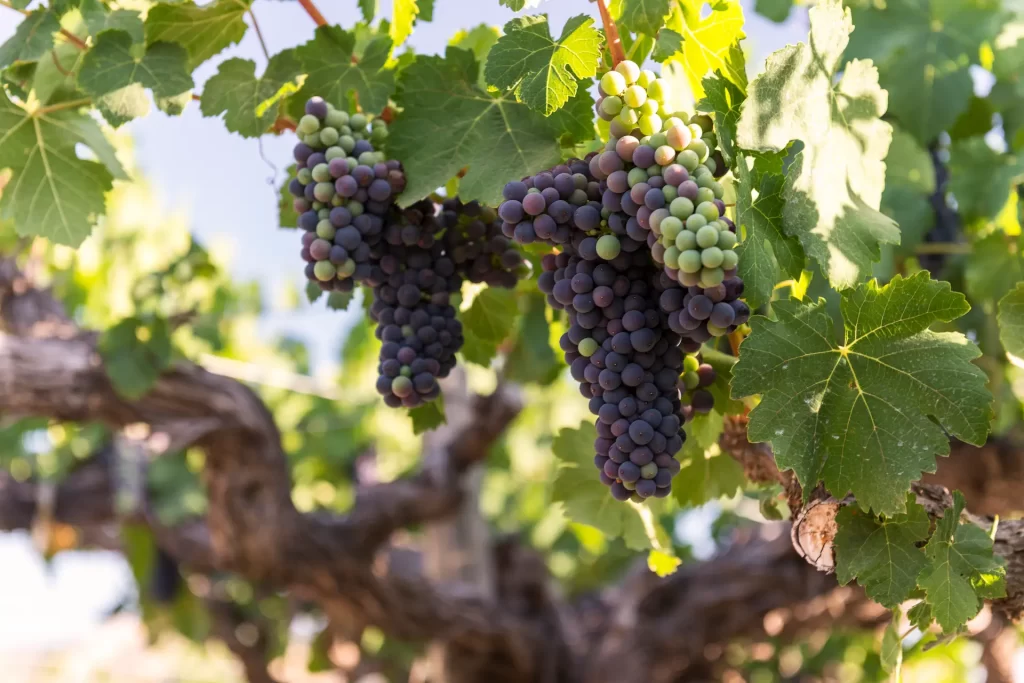
Carmenere Characteristics and Harvest
Carmenère is a late-ripening variety, meaning it requires a long growing season to reach its full potential.
In Chile, it is harvested between April and May, one of the last grapes to be picked, ensuring it develops full maturity and reduces its natural pyrazine levels (compounds responsible for green pepper and tomato leaf aromas).
How Does Carmenere Look in a Glass?
🍷 Color: Deep and intense, with violet and reddish hues.
🍷 Aromas: Black fruits like blackberries and cherries, spices such as black pepper and cloves, and a subtle herbal note. If aged in oak, it can develop chocolate, coffee, and tobacco aromas.
🍷 On the palate: Smooth, medium-bodied, with silky tannins and a slight natural sweetness.
The best Carmenère wines come from Colchagua, Maipo, and Cachapoal Valleys, where dry climates and cool nights allow the grapes to ripen slowly while maintaining their natural acidity.
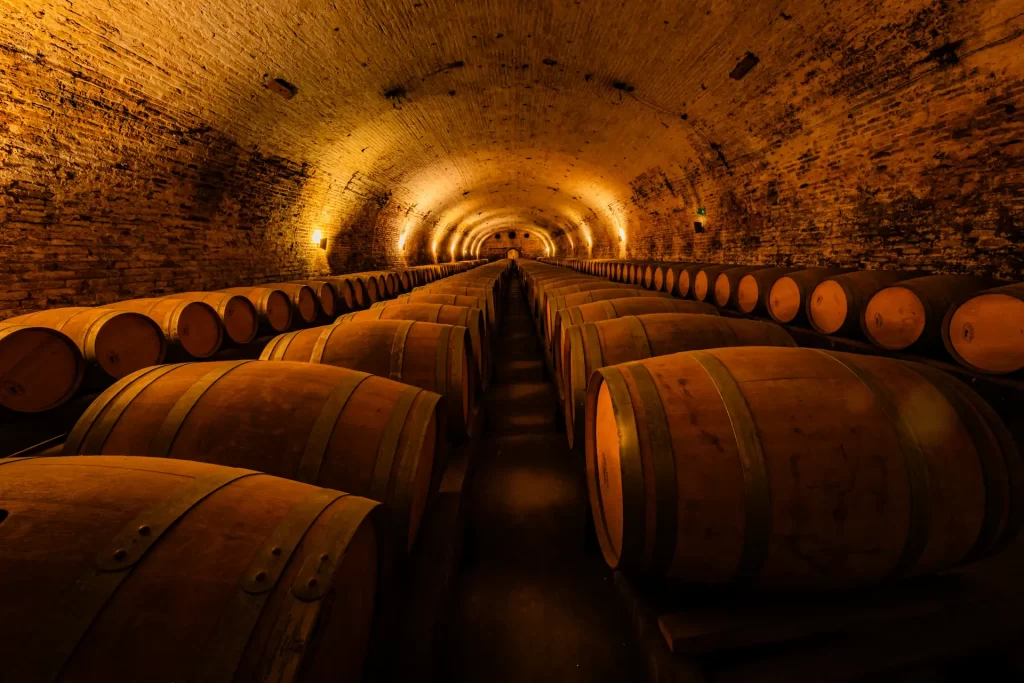
How to Enjoy Carmenere?
Carmenere is a versatile wine that pairs well with many dishes.
Its smooth texture and spicy hints make it the perfect match for:
🥩 Grilled red meats
🍝 Pasta with rich sauces (Bolognese, pesto, creamy sauces)
🌶️ Spicy dishes (Indian or Mexican cuisine)
🧀 Aged cheeses and cured meats
Discover Carmenere in Its Place of Origin
Today, Chile is the world’s leading producer of Carmenere, and this grape has become a national emblem.
If you want to taste it at its best, there’s no better place than its vineyards.
At Ecordua, we take you on a full-day wine tour to the best wine valleys near Santiago.
Learn the story of Carmenere, taste its different expressions, and enjoy an unforgettable experience surrounded by stunning landscapes.
📍 Book your tour here and toast with us to the most Chilean wine of all—Carmenere. 🍷✨
